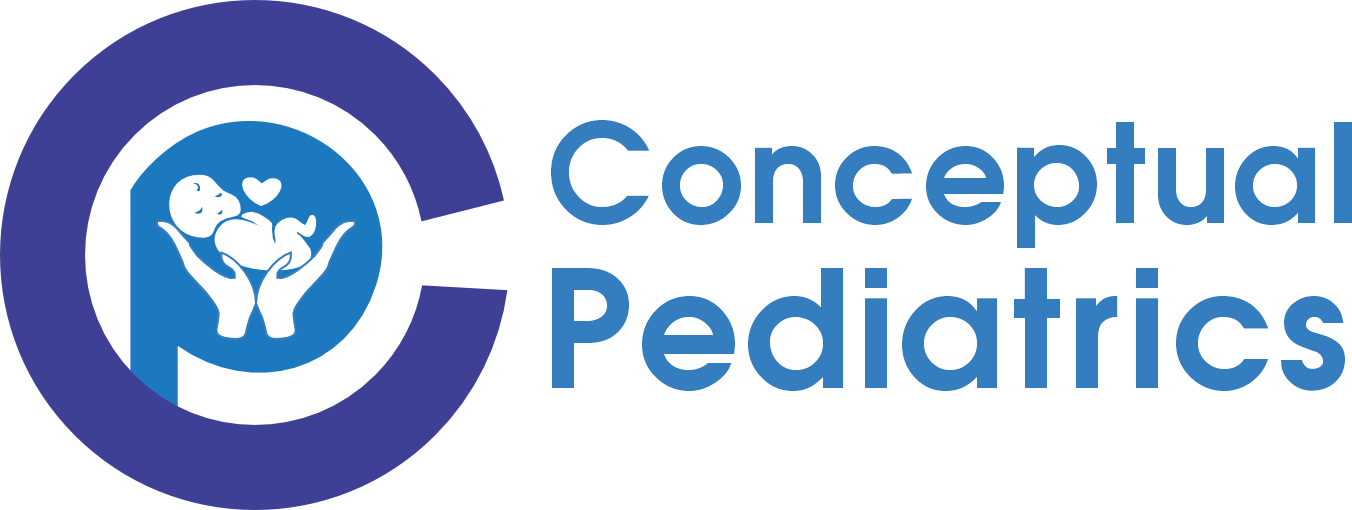Preparing for Pediatrics MD/DNB residency is a big step, exciting, yet overwhelming. Pediatrics isn’t just a “small branch.” Children respond differently and need careful handling. Success comes from learning to think like a pediatrician, not just memorizing facts.
Whether your goal is neonatology, PICU, or academics, the way you prepare now shapes your future. And with Conceptual Pediatrics as a trusted guide, the journey becomes clearer and smoother.
What makes this Residency Different?
The Pediatrics MD/DNB residency isn’t about cramming. It’s about showing that you understand how a child’s body works and how to respond in critical moments. You’ll be tested on:
- Growth and development – milestones, red flags, counseling.
- System-based disorders – neurology, endocrinology, cardiology, hematology.
- Clinical reasoning – case-based questions where you’ll need to apply concepts, not just recall them.
- Updated guidelines – IAP immunization schedule, neonatal resuscitation, and WHO growth charts.
In short, you need concept clarity, clinical logic, and confidence in protocols.
Your Prep Strategy
- Build Strong Foundations
Pediatrics relies on basics like physiology and pharmacology, but adapted to children. Focus on:
- Neonatal care and emergencies.
- Pediatric infectious diseases.
- Endocrine and metabolic disorders.
- Fluid, electrolyte, and nutrition management.
This is where Conceptual Pediatrics really helps. Instead of endless textbook pages, you get high-yield lectures, crisp notes, and case discussions that cut through the noise. It’s not about learning more; it’s about learning smart and remembering what actually matters for your exams and real practice.
- Practice Clinical Thinking
The examiners want to know: Can you think like a pediatrician? For example:
- A 2-month-old with failure to thrive, how will you approach?
- A child with recurrent chest infections, what differentials will you keep in mind?
With Conceptual Pediatrics’ case-based modules, you get to train with the exact kind of problems you’ll face in the exam and later in your ward rounds. It’s like rehearsing real life before the big test.
- Revise With Intent
Revision of whatever you learn, not just about reading, but making your information stick. You can store your crucial information or make it easy for you via flowcharts, tables, or mnemonics, just to keep things sharp. The concise notes and quick-review sections on Conceptual pediatrics are designed exactly for this phase, when it’s time to be short but retention matters the most.
- Test Yourself Before the Real Test
Mock exams are game-changers. They show you your weak areas and prepare you for the time pressure of the actual exam. Conceptual Pediatrics’ test series mimics the real exam, so when you finally walk in, nothing feels unfamiliar.
Why Conceptual Pediatrics Stands Out?
The strength of Conceptual Pediatrics lies in its mentors and structured approach. The head of Conceptual Pediatrics is Dr. Anand Bhatia, known for his clear, clinically driven teaching style that makes even difficult topics easy to understand. Alongside him, the platform is guided by some of the most respected names in pediatrics: Prof. Dr. N.B. Mathur, Prof. Dr. Sunil Gomber, and Prof. Dr. Vinay K. Aggarwal.
With updated content, live discussions, and a supportive resident community, Conceptual Pediatrics feels less like just an app and more like a true co-worker in your preparation journey.
Final Words
Preparing for the Pediatrics MD/DNB exam is quite challenging, but no doubt. It’s also the time period where you truly grow into the doctor you want to be. With the right mix of hard work, smart strategy, and guided support from platforms like Conceptual Pediatrics, you won’t just clear the exam; you’ll step out as a stronger, more confident pediatrician.
Residency isn’t just about surviving; it’s about becoming the doctor every child deserves.

Add a Comment